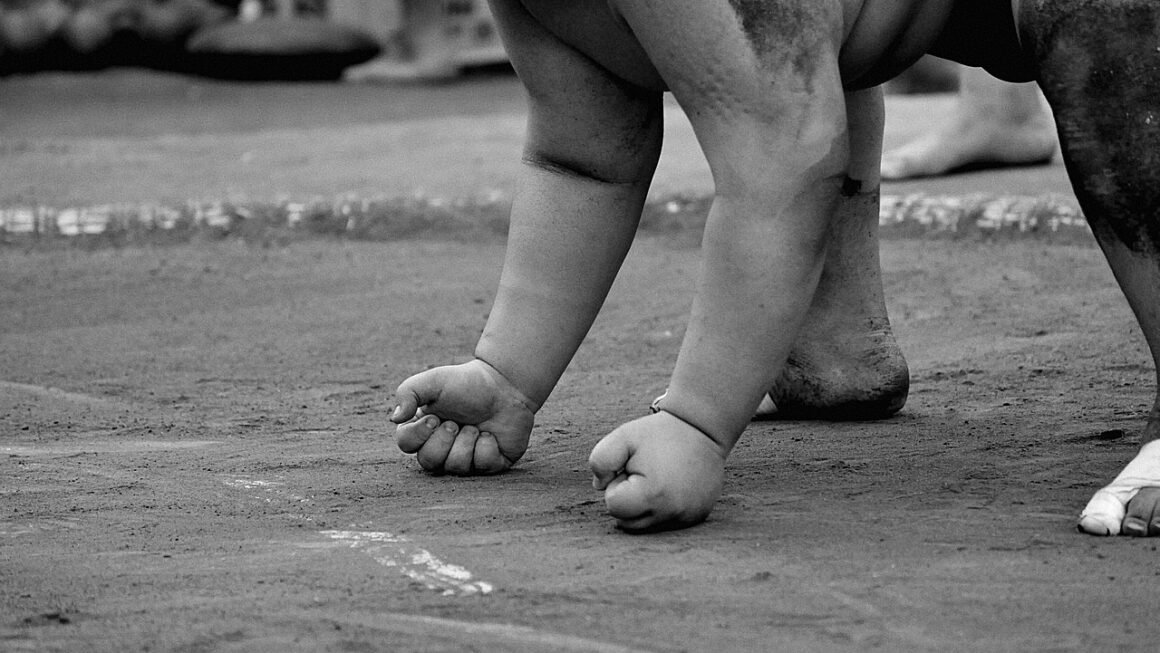Archery, the art and sport of propelling arrows with the aid of a bow, boasts a history as rich and varied as humanity itself. From ancient hunting techniques to Olympic glory, archery offers a unique blend of physical skill, mental focus, and timeless tradition. Whether you’re a complete novice curious about trying your hand at the bow, or an experienced archer looking to refine your technique, this guide will cover the essential aspects of this fascinating discipline.
The History of Archery
Ancient Origins
Archery’s roots stretch back tens of thousands of years, with archaeological evidence suggesting its use in hunting and warfare dating back to the Paleolithic era. The earliest known bows and arrows have been found in Europe and Africa, predating even the invention of agriculture.
- Early bows were likely made from simple materials like wood, animal tendons, and bone.
- Archery played a crucial role in the survival of early humans, enabling them to hunt large game from a distance.
- Ancient civilizations such as the Egyptians, Greeks, and Romans adopted archery as a military tactic, developing sophisticated bows and arrow designs.
Archery in Warfare and Hunting
Throughout history, archery has been a significant tool in both warfare and hunting. The composite bow, developed in Asia, offered superior power and range, giving archers a decisive advantage on the battlefield.
- Famous examples include the English longbowmen, whose skill and power contributed to victories in battles like Crécy and Agincourt.
- In Japan, archery evolved into the martial art of Kyudo, emphasizing precision, discipline, and spiritual development.
- Even after the advent of firearms, archery continued to be used in hunting for sport and subsistence in many cultures.
Modern Archery: Sport and Recreation
Today, archery is primarily practiced as a sport and recreational activity. From target archery to field archery to bowhunting, there are many disciplines to explore.
- Target archery involves shooting at stationary targets at varying distances.
- Field archery takes place in outdoor settings with targets of different sizes and at unmarked distances.
- Bowhunting is the practice of hunting animals with a bow and arrow, requiring specialized skills and equipment.
- Archery has been a recurring event in the Olympic Games since 1900, showcasing the world’s top archers in intense competition.
Types of Archery Bows
Recurve Bows
The recurve bow is the classic archery bow, characterized by its curved limbs that bend away from the archer when strung. Recurve bows are used in Olympic archery and are a popular choice for beginners due to their simplicity and affordability.
- Olympic Recurve: Used in Olympic competitions, these bows allow for the attachment of sights, stabilizers, and clickers to improve accuracy and consistency.
- Traditional Recurve: These bows are simpler and more closely resemble the bows used in ancient times. They typically do not have sights or other accessories, requiring the archer to rely on instinct and experience.
- Benefits: Relatively lightweight, easy to maintain, and offer a satisfyingly direct connection to the shot.
Compound Bows
Compound bows utilize a system of cams and pulleys to reduce the draw weight at full draw, making them easier to hold and aim. They are known for their power, accuracy, and are popular for hunting and target archery.
- Features: Adjustable draw weight and length, sights, stabilizers, and release aids.
- Benefits: More forgiving of minor errors in technique, higher arrow speeds, and greater accuracy at longer distances.
- Example: A compound bow with a let-off of 80% means you only need to hold 20% of the peak draw weight at full draw. If the peak is 60 lbs, you only hold 12 lbs.
Longbows
Longbows are tall, simple bows made from a single piece of wood. They require significant strength and skill to shoot accurately and are often associated with traditional archery and historical reenactments.
- Construction: Typically made from yew or other strong, flexible wood.
- Characteristics: Straight limbs that bend in a smooth arc when drawn.
- Skill Requirement: Requires considerable practice and physical strength. The archer must “feel” the shot and rely on experience.
Essential Archery Equipment
Arrows
Arrows come in various materials, lengths, and spine (stiffness). The correct arrow selection is crucial for accuracy and safety.
- Materials: Aluminum, carbon, fiberglass, and wood. Carbon arrows are popular for their lightweight and durability.
- Spine: The spine of an arrow must match the draw weight of the bow to ensure proper arrow flight. Too weak a spine can result in the arrow wobbling excessively, and too stiff a spine can cause the arrow to fly erratically.
- Arrow Length: The correct arrow length is determined by the archer’s draw length. An arrow that’s too short is a safety hazard, as it can be pulled past the arrow rest.
Targets
Archery targets are designed to safely stop arrows and allow for easy arrow removal.
- Types: Foam targets, straw targets, layered targets, and 3D targets.
- Considerations: The type of target you need will depend on the type of bow you’re using and the arrow speed. For example, a high-poundage compound bow will require a denser target than a beginner’s recurve bow.
- Safety: Always ensure that there is a safe backstop behind the target to prevent arrows from traveling beyond the target area.
Protective Gear
Safety is paramount in archery. Protective gear helps prevent injuries and ensures a safe shooting experience.
- Armguard: Protects the forearm from string slap.
- Finger Tab or Release Aid: Protects the fingers or provides a mechanical release for the string. A finger tab is typically used with recurve bows, while a release aid is common with compound bows.
- Chest Guard: Prevents clothing from interfering with the bowstring.
Accessories
Various accessories can enhance your archery experience and improve your accuracy.
- Sights: Used to aim the bow more precisely.
- Stabilizers: Reduce vibration and improve balance.
- Quivers: Hold arrows for easy access.
- Arrow Rest: Supports the arrow during the draw and release.
Archery Techniques and Form
Stance
A stable and consistent stance is essential for accuracy. There are several stance variations, but the key is to find one that feels comfortable and balanced.
- Open Stance: The archer’s body is angled slightly towards the target.
- Closed Stance: The archer’s body is angled slightly away from the target.
- Square Stance: The archer’s body is perpendicular to the target.
- Example: A right-handed archer using an open stance would have their left foot slightly forward, creating an angle towards the target.
Grip
The grip should be relaxed and consistent. Avoid gripping the bow too tightly, as this can cause torque and affect accuracy.
- Recurve Bow Grip: Hold the bow loosely in the web of your hand, allowing the bow to naturally rotate after the shot.
- Compound Bow Grip: Use a wrist sling to prevent dropping the bow after the shot.
- Importance: A consistent grip ensures that the bow reacts the same way with each shot.
Draw
The draw should be smooth and controlled. Engage your back muscles to pull the string back, rather than relying solely on your arm strength.
- Technique: Keep your bow arm straight and pull the string back towards your anchor point.
- Anchor Point: A consistent anchor point (the point where you consistently draw the string to on your face) is crucial for accuracy.
- Back Tension: Engaging your back muscles creates a more stable and efficient draw. Think about squeezing your shoulder blades together.
Release
The release should be clean and smooth. Avoid plucking or jerking the string, as this can disrupt arrow flight.
- Recurve Bow Release: Relax your fingers and allow the string to roll off naturally.
- Compound Bow Release: Use a mechanical release aid to ensure a consistent and clean release.
- Follow-Through: Maintain your form after the release. This helps to ensure a consistent shot and allows you to analyze your technique.
Aiming
Aiming techniques vary depending on the type of bow and personal preference.
- Instinctive Aiming: Relying on feel and experience to aim. This is common with traditional archery.
- Sighting: Using a sight to align the bow with the target. This is common with recurve and compound bows.
- Gap Shooting: Estimating the distance between the arrow and the target at a specific distance.
- String Walking: Altering your finger position on the string to adjust for different distances.
Tips for Beginners
Start with Proper Instruction
Taking lessons from a qualified archery instructor is highly recommended. A good instructor can teach you the fundamentals of archery, proper technique, and safety procedures.
- Benefits: Avoid developing bad habits, learn proper form, and reduce the risk of injury.
- Finding an Instructor: Contact your local archery club or range to find a certified instructor.
Choose the Right Equipment
Select equipment that is appropriate for your skill level and physical strength.
- Draw Weight: Start with a low draw weight that you can comfortably handle.
- Bow Type: A recurve bow is a good starting point for beginners due to its simplicity.
- Arrow Length and Spine: Ensure that your arrows are the correct length and spine for your bow.
Practice Regularly
Consistent practice is essential for improving your archery skills. Set realistic goals and focus on developing good form.
- Frequency: Aim to practice at least once or twice a week.
- Focus: Concentrate on your form and technique, rather than just trying to hit the bullseye.
- Record Keeping: Keeping a journal can help you track your progress and identify areas for improvement.
Safety First
Always follow safety rules and guidelines.
- Never dry-fire your bow (release the string without an arrow).
- Always be aware of your surroundings.
- Ensure that there is a safe backstop behind the target.
- Never point a drawn bow at anything you don’t intend to shoot.
Conclusion
Archery is a rewarding and challenging activity that can be enjoyed by people of all ages and abilities. From its ancient origins to its modern-day popularity as a sport and recreational pursuit, archery offers a unique blend of physical skill, mental focus, and timeless tradition. By understanding the history, equipment, techniques, and safety guidelines outlined in this guide, you can embark on your own archery journey and experience the satisfaction of hitting your target with precision and grace. So, pick up a bow, take aim, and discover the captivating world of archery!



